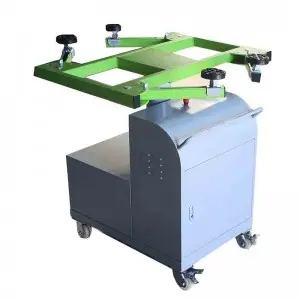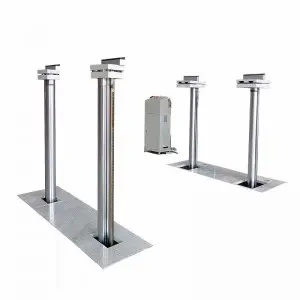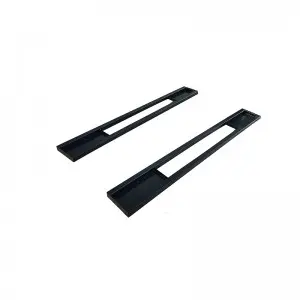In the world of geometry, the cylinder is a three-dimensional shape that is both fascinating and incredibly versatile. With its two parallel circular bases connected by a curved surface, the cylinder has a unique shape that makes it essential in many aspects of everyday life.

Exploring the Many Uses of the Cylinder: A Versatile and Essential Shape in Everyday Life
One of the most common uses of the cylinder is in the realm of engineering and construction. Cylinders are frequently used in the design of structures such as buildings, bridges, and tunnels. With their strong and stable shape, cylinders are ideal for bearing heavy loads and providing structural support. In addition, cylinders are often used in the construction of pipelines and storage tanks, where their rounded shape allows for the efficient flow and containment of liquids and gases.
In the field of mathematics, cylinders play a crucial role in the study of geometry and calculus. The volume and surface area of a cylinder can be calculated using specific formulas, making them a valuable tool for solving complex mathematical problems. Cylinders are also used in the development of algorithms for computer graphics and 3D modeling, where their simple yet elegant shape can be manipulated and transformed to create intricate designs and animations.
Cylinders also have a wide range of practical applications in everyday life. From the time we wake up in the morning until we go to bed at night, we encounter cylinders in various forms throughout our daily routines. The cups we drink from, the pots we cook with, and the tubes of toothpaste we use are all examples of cylinders that serve essential functions in our lives. In addition, cylinders are commonly used in the manufacturing of products such as batteries, candles, and fire extinguishers, where their cylindrical shape provides a compact and efficient design for storage and use.

Exploring the Many Uses of the Cylinder: A Versatile and Essential Shape in Everyday Life
In the field of transportation, cylinders are vital components of engines and machinery. The pistons in a car engine, for example, move up and down inside cylindrical chambers to generate the power needed to propel the vehicle forward. Similarly, cylinders are used in hydraulic systems to control the movement of fluids and provide mechanical force for a wide range of applications, from heavy machinery to aircraft landing gear.
Beyond their practical applications, cylinders also have a rich history and cultural significance. In ancient times, cylinders were used as seals for important documents and as symbols of power and authority. The cylinder seal, a small cylindrical object carved with intricate designs and symbols, was used by rulers and officials to mark official documents and correspondence. Today, cylinder seals are prized artifacts in museums and collections, providing valuable insights into the art and culture of ancient civilizations.

Exploring the Many Uses of the Cylinder: A Versatile and Essential Shape in Everyday Life
In conclusion, the cylinder is a remarkable shape that plays a vital role in a wide range of disciplines and applications. From engineering and mathematics to everyday life and cultural heritage, the cylinder’s elegant and versatile form continues to inspire and captivate us with its endless possibilities. Whether we are building bridges, solving equations, or enjoying a hot cup of coffee, the cylinder remains an essential shape that shapes our world in more ways than we can imagine.quick car jack lift
